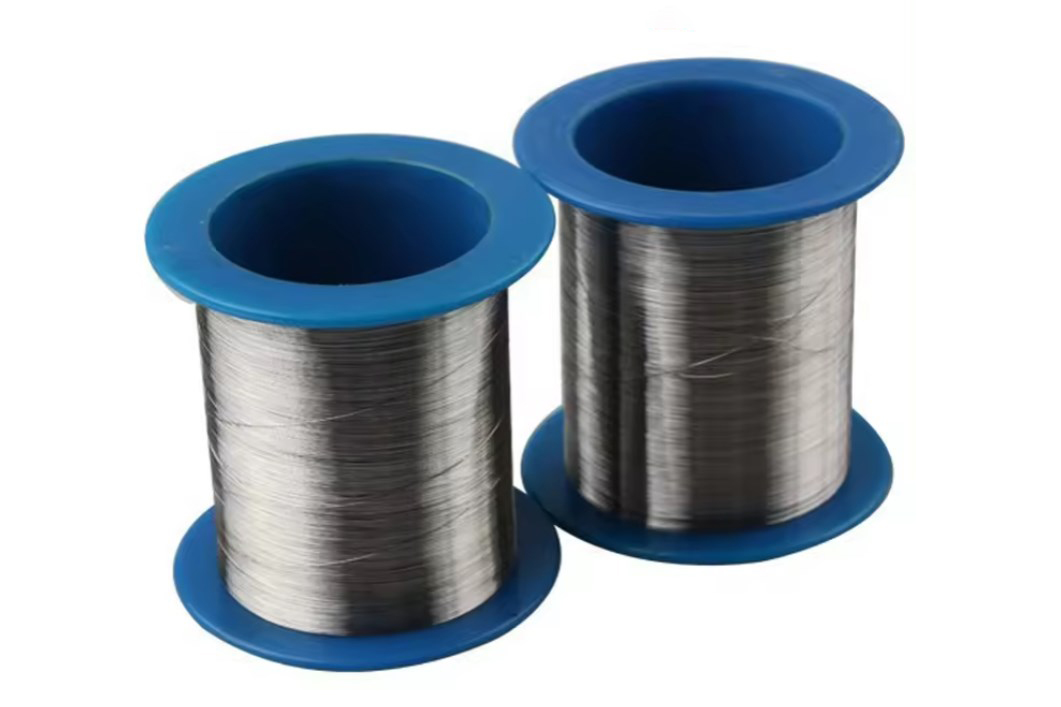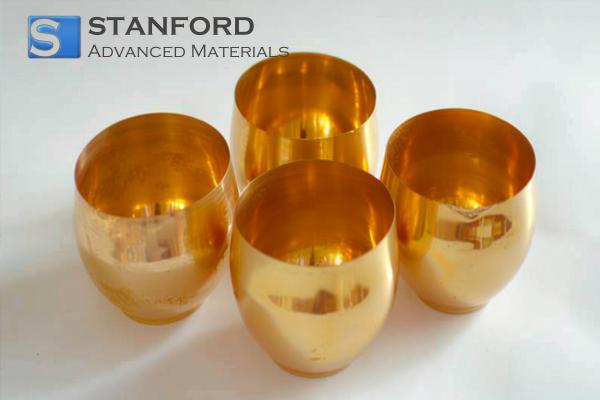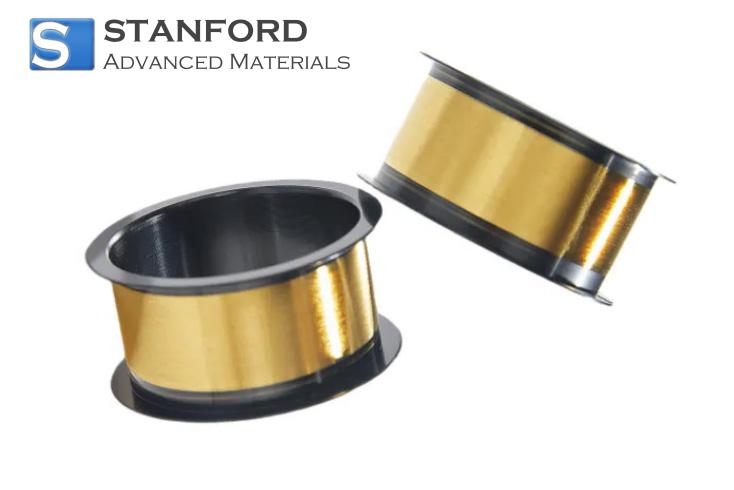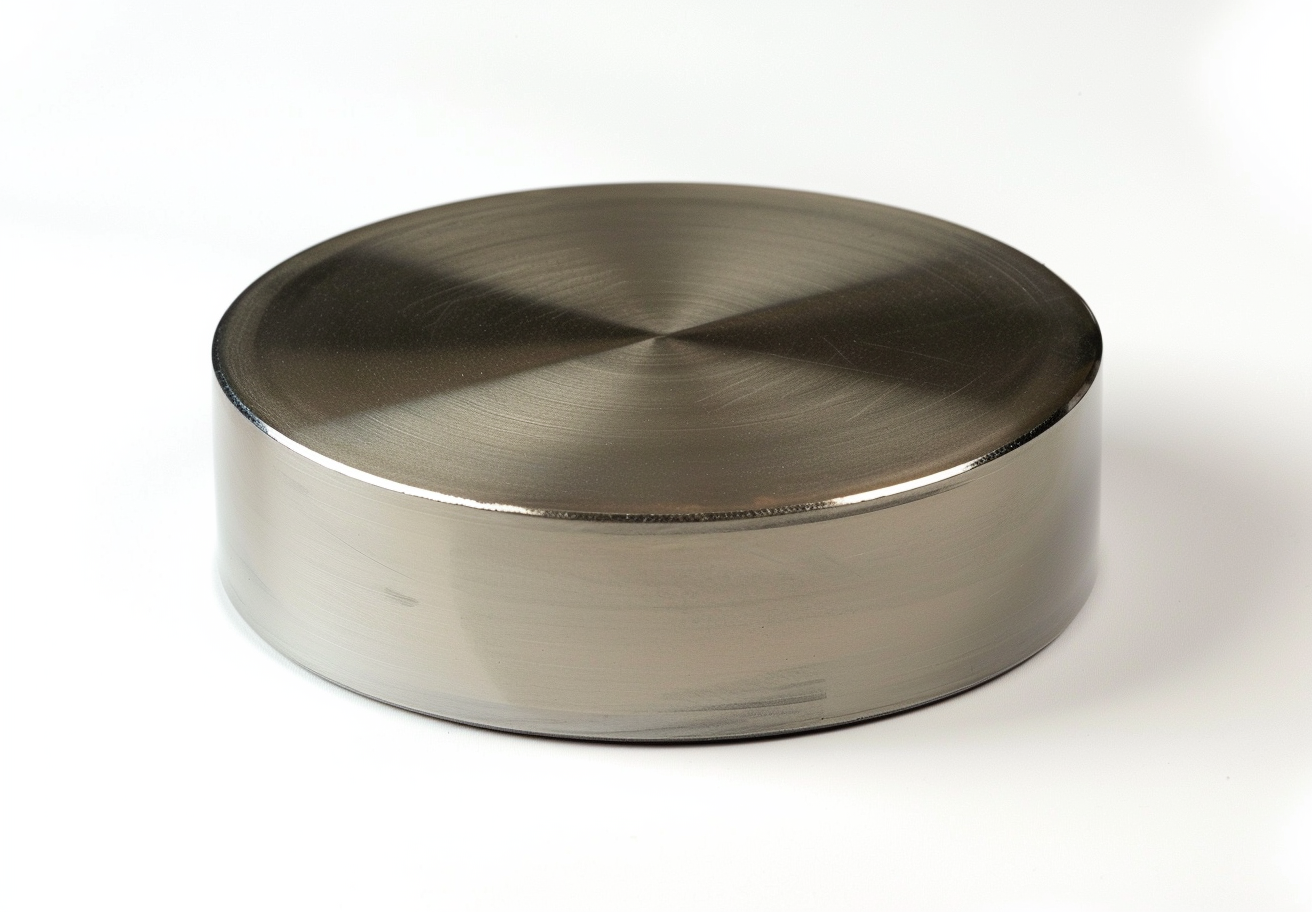Maintenance Techniques Of Platinum-rhodium Thermocouple
Platin-Rhodium-Thermoelemente are critical components in numerous industrial processes. They are known for their capacity to measure high temperatures with accuracy. These devices are typically manufactured using precious metal alloys. Due to the high cost of materials such as platinum and rhodium, these instruments represent a significant investment. Proper maintenance not only ensures measurement accuracy and reliability but also extends service life and reduces production costs. The following outlines several key maintenance techniques for Platinum-Rhodium thermocouples.
Routine Cleaning and Maintenance
Pickling
Pickling is an important maintenance step that employs the oxidising properties of acids to remove organic contaminants and other impurities from the thermocouple surface. Proceed as follows:
- Form the Platinum-Rhodium thermocouple into a coil with a diameter of approximately 80 mm.
- Place the coil in a beaker and immerse it in a 30 to 50 per cent solution of chemically pure, diluted hydrochloric acid or nitric acid.
- Maintain the immersion for one hour.
- After immersion, transfer the thermocouple to a clean beaker and rinse it several times by boiling in distilled water. This step ensures complete removal of acid residues, thereby preventing corrosion or further contamination.
Removal of Sodium Borate
Following pickling, subject the thermocouple to a sodium borate cleaning procedure to eliminate any remaining metals or oxides that are insoluble in the acid used during pickling. Proceed as follows:
- Suspend the cleaned thermocouple on a platinum wire in a firing crucible.
- Adjust the electrical current so that the thermocouple is heated to 1100 °C.
- While the thermocouple is hot, gently contact the heated section with a clump of sodium borate, thereby allowing the resulting boric acid solution to flow along the electrode and clean it.
- Gradually reduce the current to cool the thermocouple.
- Finally, place the thermocouple in a beaker and boil it several times in distilled water to ensure complete removal of borate residues.

Annealing
The annealing process alleviates internal stresses within the electrodes and stabilises the metal phases. This procedure is essential to maintain the accuracy of temperature measurements. Two methods can be employed:
- Electrical Annealing: The thermocouple is heated directly by an electrical current until it reaches the required annealing temperature, which is maintained for a predetermined time; subsequently, the thermocouple is allowed to cool gradually.
- Oven Annealing: The thermocouple is placed in a furnace set to the desired temperature. Maintain the temperature for a sufficient duration to relieve stress and stabilise the metal phases.
Conclusion
Maintaining Platinum-Rhodium thermocouples requires adherence to specific procedures to secure their operational lifespan and measurement reliability. Regular pickling, thorough cleaning with sodium borate and controlled annealing are essential to sustaining the performance of these costly instruments. By following these techniques, the lifespan of the thermocouples is maximised, thereby protecting the investment and reducing production costs. Consequently, this approach decreases the risk of premature failure and ensures the continuous accuracy and reliability of temperature data, which is essential for quality control in high-temperature applications.

 Bars
Bars
 Beads & Spheres
Beads & Spheres
 Bolts & Nuts
Bolts & Nuts
 Crucibles
Crucibles
 Discs
Discs
 Fibers & Fabrics
Fibers & Fabrics
 Films
Films
 Flake
Flake
 Foams
Foams
 Foil
Foil
 Granules
Granules
 Honeycombs
Honeycombs
 Ink
Ink
 Laminate
Laminate
 Lumps
Lumps
 Meshes
Meshes
 Metallised Film
Metallised Film
 Plate
Plate
 Powders
Powders
 Rod
Rod
 Sheets
Sheets
 Single Crystals
Single Crystals
 Sputtering Target
Sputtering Target
 Tubes
Tubes
 Washer
Washer
 Wires
Wires
 Converters & Calculators
Converters & Calculators
 Write for Us
Write for Us



 Chin Trento
Chin Trento



